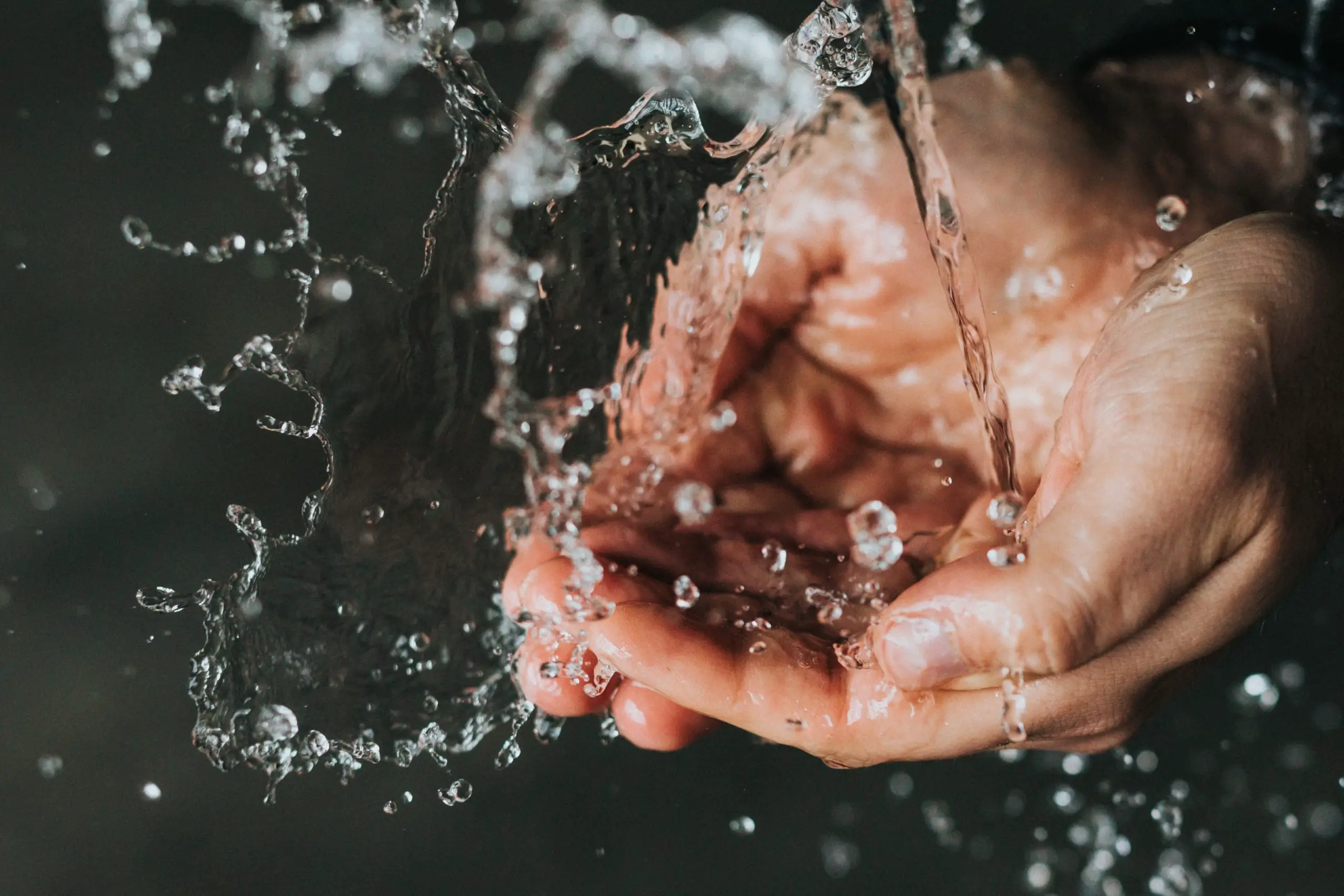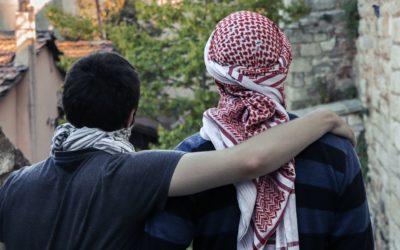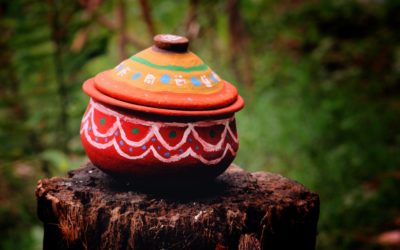Losing a loved one can be one of the most difficult experiences someone faces in life. Islam is a complete religion that provides guidance after a Muslim passes away that ensures dignity and respect. According to the Islamic tradition, ritual washing of the deceased body (Ghusl), burial, and a funeral prayer (Jazanah) are obligatory for every Muslim who passes. This article will focus on the preparation of a body before burial which consists of bathing the dead (Ghusl) and wrapping the body in a shroud (Kafan).
What is Ghusl?
The word Ghusl means a “washing” or “bath” for the purpose of removing impurities from the body. The washing or bath that is completed after someone’s death is obligatory and should be completed before the burial of the body*. This ritual bath is a means of honoring and respecting those who have passed as they transition to the next life to meet their creator.
*Some exceptions are made for those that are considered martyrs and a fetus less than four months (coming soon!)
Who can perform the Ghusl?
Typically, a ghusl is performed by 3-4 people. It is recommended that the person who washes the body should:
- Be a capable adult in a state of ablution (wudu)
- Be knowledgeable of the ghusl
- Be of the same sex as the deceased
When it comes to the sex of the person washing non-family members, Islamic boundaries between the two sexes (female and male) should be maintained. When it comes to family members washing the body:
- Spouses may wash each other’s bodies*
- Parents may wash the body of their non-adult children
- Siblings and adult children follow the first guidelines listed
If there aren’t any females to wash the body of females (or vice versa for males), it is important to contact a local Islamic scholar to advise on the next steps.
*There are some Islamic scholars who prefer that females are not washed by their male spouses
How to perform a ritual wash for the deceased (Ghusl)?
The duration of a ghusl varies depending on the accommodation of the washing site and the state/size of the body. In a moderately equipped washing site, it may take around 1-2 hours to wash a body. Before washing can begin, it is important to keep the following in mind:
- Privacy is of the utmost importance for the deceased; therefore, the washing should be completed in a restricted area and the private areas (awrah) of the body should always be covered to maintain dignity for the deceased.
- Specifics regarding the state of the body should not be shared with others to maintain respect for the deceased
- It is best to have one person leading the ghusl and guiding others. This is an opportunity for less experienced family members to partake in the last rights of their loved ones.
- The washing for an adult and minor are the same
Materials for Washing and Shrouding:
- Clean Water
- Buckets
- Cloths
- Gloves
- Gown
- Goggles
- Closed-toed shoes
- 2-3 Large Sheets
- Towels
- Camphor
- Attar (fragrant essential oil)
- Soap
- Shroud (kaffan)
- Wooden box (or similar)
Procedure for Ghusl:
- All participants should put on proper protective equipment (gloves, gown, and goggles) to avoid any contamination or exposure to body fluids
- The body should be placed on the washing table with the awrah covered by a large sheet.
- All items should be removed from the body including but not limited to: clothing, jewelry, and/or any medical equipment*
- While covered, start washing the body with clean water being sure to remove any impurities with a cloth, and disposing of the cloth after use. The water can be picked up by buckets or a hose may be used.
- Gently press on the stomach to release any leftover body fluids and wash the impurities (Be sure to change gloves if dirty)
- Wash the private area with a cloth and dispose of the cloth
- Perform ablution (wudu) on the deceased but do not put any water in the mouth or nose. You may get another cloth and clean the outsides of the mouth and nose
- Now that the impurities are washed away, an odd number (3, 5, or 7) of washes can be completed being sure to wash the head, the right side of the body, and the left side of the body. Typically three washes are completed in the following manner:
- Wash the head and, if female, the hair may be braided into three braids
- First Wash: Wash the right side and left side with soap
- Second Wash: Wash the right side then the left side with water
- Third Wash: Wash the right side and then left side with camphor water (camphor mixed in water) The last wash should always end with camphor water.
- Once the washing is complete, the body should be dried and covered with a clean sheet
- Once the body is dried, a fragrant essential oil (Attar) may be applied to all the areas of sajdah: forehead, nose, palms of hands, knees, and top of the feet.
Special circumstances:
- Some medical devices are not removed due to the nature of the device causing unnecessary harm to the body or causing a situation that makes it difficult to stop the flow of body fluids.
- For females who were in their menstrual cycle or experiencing post-birth bleeding, it is recommended to put a cloth in the private area to avoid blood getting on the clean body
- It is recommended that those who performed the washing should take a bath after performing the ghusl.
- Disfigured deceased bodies may be dealt with differently to avoid harming the body. In special circumstances, a dry ritual ablution (Tayyamum) is completed.
- It is not recommended to cut or clip the nails, beard, or hair of the deceased. If this is done, all nails and body hair should not be discarded in the trash but placed in the shroud (kaffan)
- Camphor may be used as the fragrance to be placed on the area of sajdah
Shrouding the Deceased
Shrouding should start immediately after the ghusl. A shroud is referred to as a kaffan in Arabic. A kaffan should not be extravagant, but simple, white cloths/sheets used to cover the deceased body excluding the face. The kaffan for a female and male are different in the number of cloths/sheets, but the same in overall purposes. Depending on the location where the shrouding is taking place and resources available, the number of cloths can range from 3-4 for men with ties (outer sheet, inner sheet, shirt, and extra cloths to cover the private areas) and 5-6 from women with ties (outer sheet, inner sheet, shirt, chest covering, scarf and extra cloth to cover the private areas). Although there are differences in the number of clothing, the goal remains the same to cover the body of the deceased in preparation for the burial. Keep in mind that there are specific names for each cloth but the general procedure for shrouding will be focused on.
Procedure for shrouding the deceased
- The shroud should be laid out on another flat surface with each cloth on top of the other being sure to have the shirt pulled up
- The body should be gently transferred and placed on top of the shroud being sure to keep it covered with your clean sheet
- The pieces of the shroud are then methodically unrolled, covering the body, and the sheet used to cover the awrah is removed
- Once covered by each piece of cloth, the body is tied with pieces of cloth: one above the head, another under the feet, and two around the body
- The body is then placed in a wooden box (or similar container provided by the funeral home)
Important to note:
- Depending on the circumstances, the tie above the head is not tied until the burial of the body to allow the family to see their family member after the wash but must be tied upon burial
Once the Ghusl is complete and the body has been shrouded, the body is ready for the next steps: funeral prayer (Salat-ul janazah) and burial.
The passing of a family member is challenging for everyone. Islam recognizes these challenges and has laid out a clear prescription for procedures after death that honor and dignify those who have passed.




